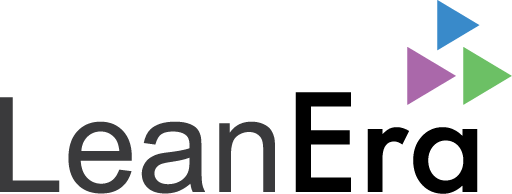Make-to-Order vs. Make-to-Stock: Implications for Your ERP System
While selecting or upgrading an enterprise system, production processes like Make-to-Order (MTO) and Make-to-Stock (MTS) come into play. Here’s a quick overview of the key requirements of each and what implications it might have on your choice of ERP software.
At its core, the two processes are similar. The key difference? With MTO, production is linked to a specific sales order while with MTS, production is based on sales projection, typically arrived at as the result of robust planning.
What does that mean for your ERP system? Let’s break it down.
ERP for Make-to-Order
When you produce in response to orders, most importantly, your ERP system needs an intelligent link between the modules that handle sales and the modules that handle production. Unlike MTS for a speculative market where an item is repeatedly manufactured, MTO production is typically one-time production though it could be repeated in theory, identically or with minor modifications.
This kind of production requires that your system provide the ability to pull reports on the status of one or multiple orders at any given time, to keep customers updated. With MTS, all costs, revenues and margins are linked directly to the order so it must be possible to easily generate profitability analyses.
While the primary goal is to fulfill every customer’s order on-time and with quality standards met, efficient use of resources is also important to minimize waste. This is where planning comes in.
Often, production lines are under pressure to be optimally utilized. That can only be done when producing to a forecast. Manufacturers therefore will typically offer both MTO and MTS. While the temptation is to plan for a 100% utilization of the production line, that is a no-no for MTO, leading to delays, non-delivery and bigger business issues.
In an MTO environment purchasing for production can be planned to some extent based on historical information and prediction of patterns but for the most part, flexibility is your friend. Your ERP system must respect that. It needs to give you the ability to take an overview of things so you can make on-the-go decisions like prioritizing orders, combining similar ones and purchasing ahead to stock a few vital components.
Key features for an MTO specific ERP system therefore are:
- Intelligently linking sales and production.
- Monitoring individual production runs for profitability and customer service.
- Flexibility on the production line.
- Quick and efficient inventory management.
ERP for Make-to-Stock
In an MTS scenario, production planning is based on sales forecasts for predefined periods of time, like a quarter. In addition to some of the differences touched on above, the advantage here is your ability to achieve greater efficiency by evenly distributing your production. There’s less stress than with MTO and much more room to function productively to strict budgets and timelines, making for better business operations in an ideal world.
Your ERP software must support this process by allowing you to access good historical data that can help you make your forecasts. It then needs to give you real-time data to analyze and make changes as needed, because life is never simple. Circumstances change and you need to respond to them. Once you have forecasts with integrity, the production process has many similarities to producing for an order.
Key features to look for in an MTS scenario are:
- Strong statistical capabilities to support forecasting.
- Efficient production management.
In the end, no matter which process gives you your orders, the goal remains the right product, in the right quantity, at the right place, at the right time, which your ERP needs to rise to the challenge of supporting.
For more information on how our offering can be configured to both MTO and MTS manufacturing modes, please contact us on info@psierp.com





